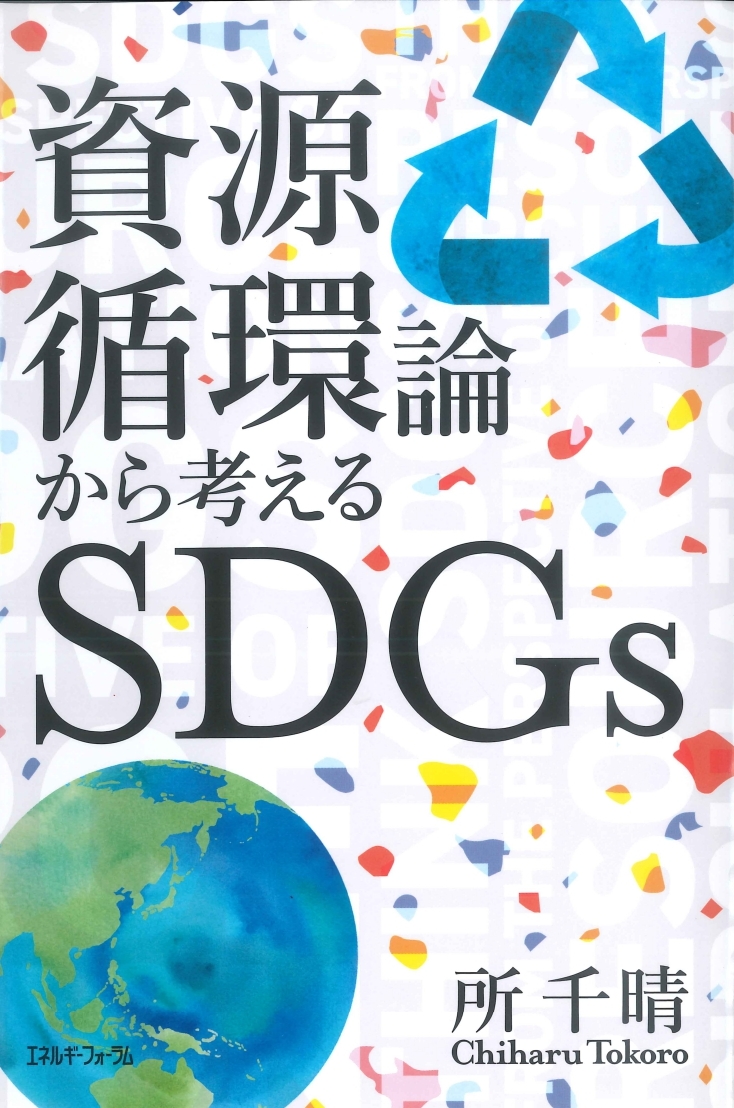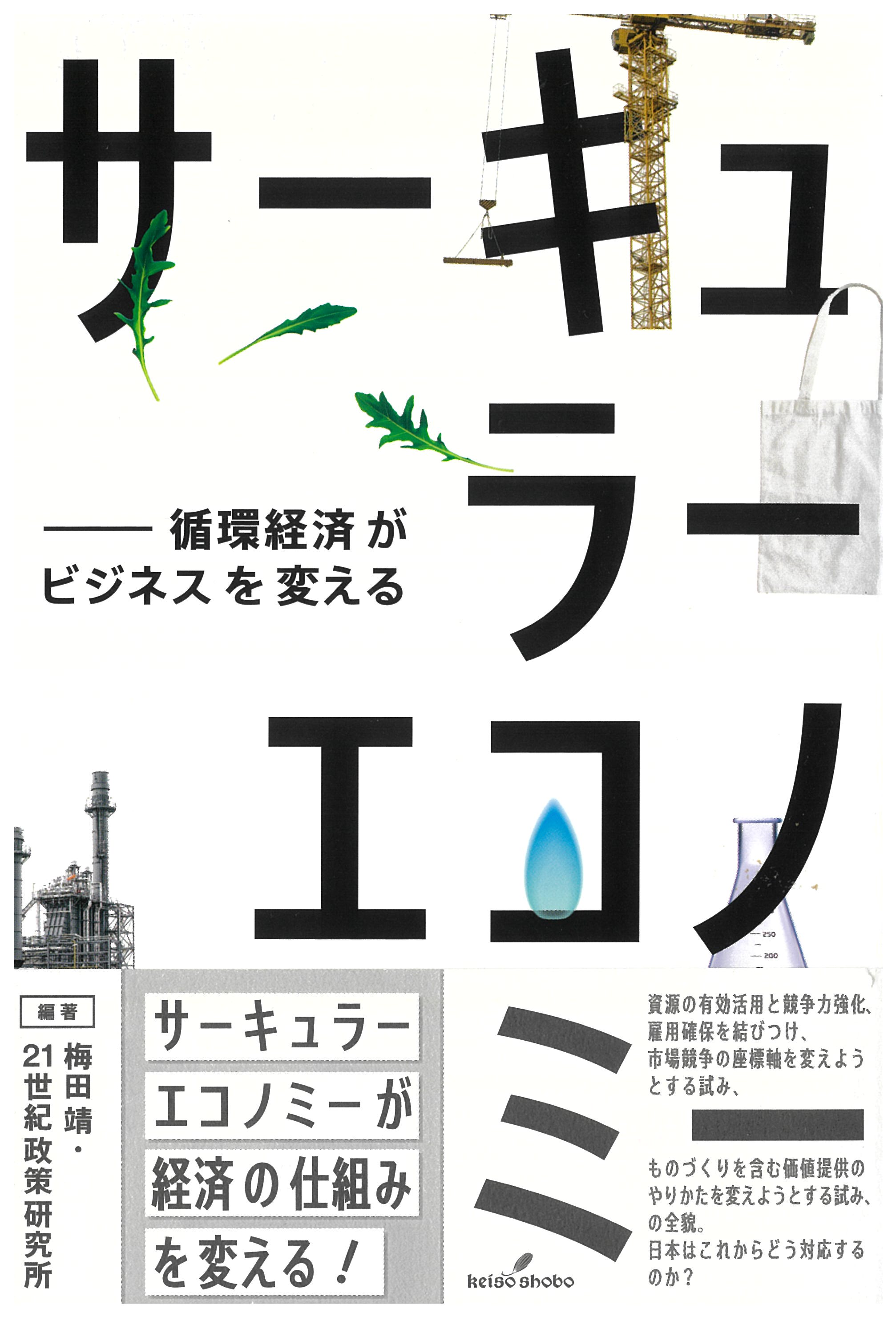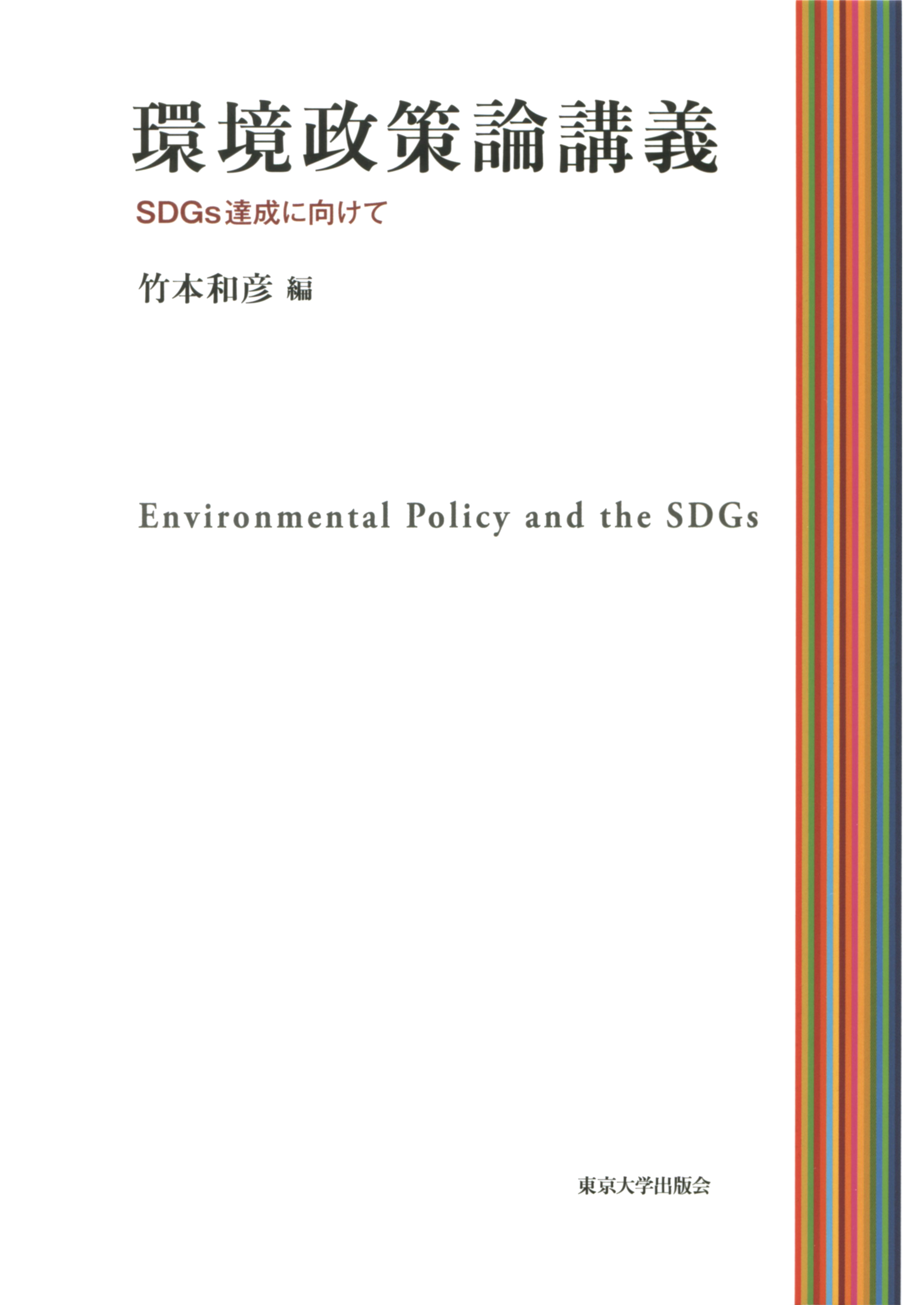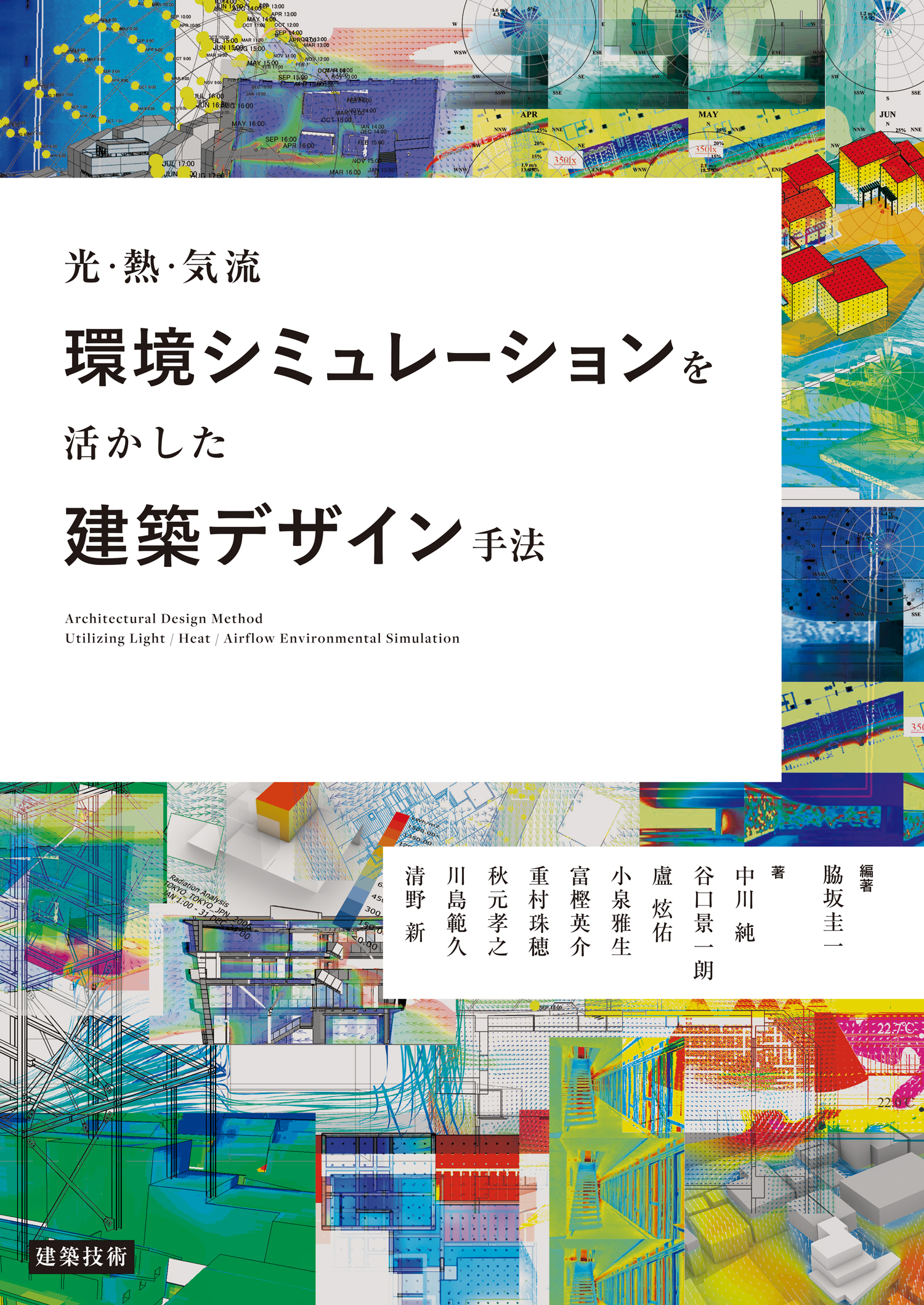
Title
Shigen Junkanron kara kangaeru SDGs (Exploring SDGs from the perspective of resource circulation theory)
Size
143 pages
Language
Japanese
Released
November, 2022
ISBN
9784885555299
Published by
Energy Forum Inc.
Book Info
See Book Availability at Library
Japanese Page
The concept of SDGs, as endorsed at the 2015 United Nations Summit, has gained widespread recognition both in Japan and internationally. The imperative to improve human well-being in harmony with the economy, society, and the environment has become a prerequisite for all global endeavors. In Japan, environmental consciousness has increased further since the commitment to achieve carbon neutrality by 2020. Consequently, the country finds itself at a juncture where there is a need for practical efforts on how to achieve harmony between environmental initiatives, such as greenhouse gas reduction, and economic and social activities. However, it is evident from the concept of planetary boundaries, which is the basis of SDGs, that environmental concerns are not limited to greenhouse gases. There is thus a need to strike a balance between greenhouse gas reduction and other environmental measures.
Resource circulation is closely related to carbon neutrality, but they are considered to be difficult to achieve at the same time. Many reports have expressed concern that realizing carbon neutrality will entail more resources. Circular Economy, a policy framework proposed by the European Commission in 2015, is drawing attention as a concrete measure that economically balances resource circulation and reduction of environmental load, such as achieving carbon neutrality. The Circular Economy mandates not only recycling but also innovation across systems and technologies. This includes changes in economic models and consumer behaviors, such as sharing, maintenance, reuse, repair, and refurbishment. What makes this possible is a partnership striving for the optimization of diverse values across the entire supply chain. The implementation also necessitates energy-efficient manufacturing, separation technologies, digital technologies, and other supportive measures.
This book introduces the abovementioned concepts and their current status, with metal resource circulation, lithium-ion batteries, and solar panel resource circulation as examples. It also outlines the author’s efforts toward promoting diversity. Through this book, the author hopes that readers will develop a personal resonance with the scope and diversity of the concept of SDGs. Specifically, the economy, society, and environment are all related to each other in various ways, and they can contribute from all perspectives. The author also hopes that readers, particularly from the emerging generation readers of this book, spanning researchers, engineers, managers, and other various professionals, will be inspired to become human resources for realizing resource circulation. Despite the complex challenges, the author envisions a future where resource circulation assumes paramount importance.
(Written by TOKORO Chiharu, Professor, The Graduate School of Engineering / Project Professor, Institute of Industrial Science / 2023)



 Find a book
Find a book




